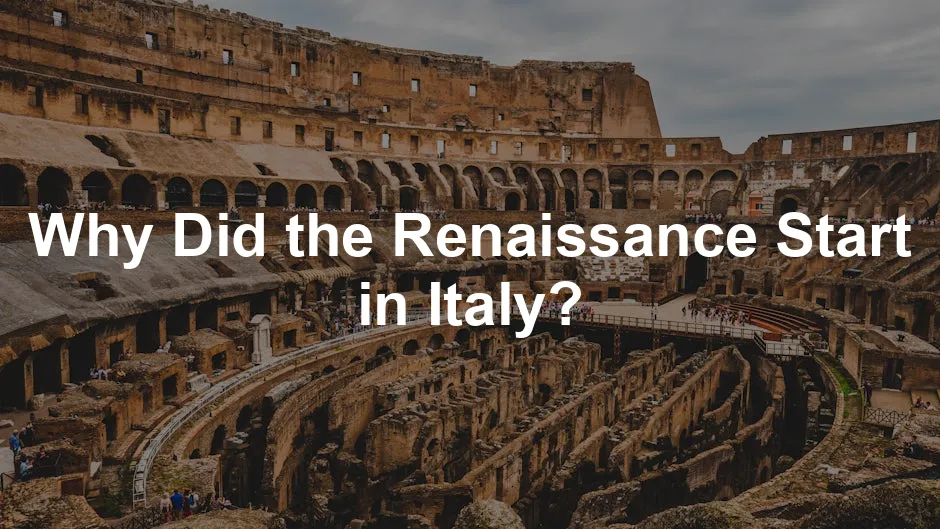
Why Did the Renaissance Start in Italy?
Introduction
The Renaissance ignited a cultural and intellectual revival in Europe, beginning in Italy. This period marked a shift toward humanism, art, and science. Italy’s unique historical, economic, and cultural context played a significant role in fostering this transformation. In this article, we will examine the key reasons why Italy became the birthplace of the Renaissance.
To dive deeper into the fascinating world of Renaissance art, check out Renaissance Art Books. These books provide a visual feast that can transport you back to the stunning artistry of the era, while also making for great coffee table decorations!
Summary and Overview
The Renaissance spanned from the 14th to the 17th centuries, characterized by a renewed interest in classical antiquity. This vibrant era saw profound advancements in art, literature, science, and philosophy. Several factors contributed to the Renaissance’s emergence in Italy, including its strategic location, wealth from trade, and the patronage of the arts.
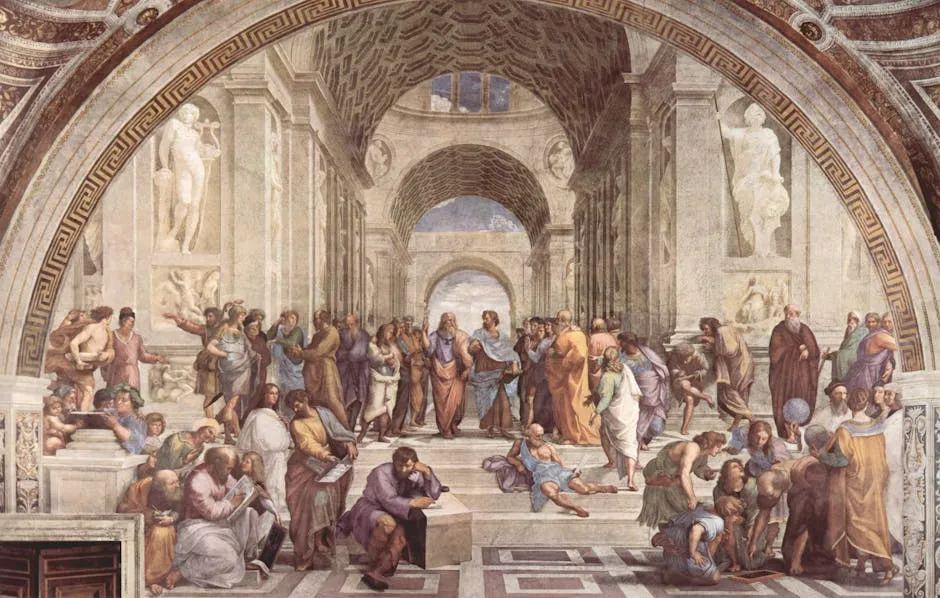
Italy’s city-states, like Florence and Venice, served as cultural epicenters. The Medici family and other wealthy patrons significantly supported artists and thinkers. This financial backing allowed creativity to flourish, leading to masterpieces from legends like Leonardo da Vinci and Michelangelo. Want to learn more about the Medici’s impact? Grab a copy of The Medici: Power, Money, and Ambition in the Italian Renaissance.
The Renaissance left an indelible mark on Western civilization. It changed how we perceive art and knowledge, laying the groundwork for modern thought. Italy’s vibrant cultural landscape and its unique blend of historical influences made it the perfect cradle for this extraordinary movement.
The Historical Context of Italy
The Legacy of Ancient Rome
Italy’s history as the heart of the Roman Empire shaped its cultural landscape. The remnants of ancient Rome are everywhere. Statues, ruins, and architecture serve as constant reminders of its grandeur. This rich heritage sparked a revival of classical ideals and texts during the Renaissance. Thinkers and artists sought to reconnect with Greco-Roman culture. They found inspiration in the works of great philosophers and writers like Cicero and Virgil.
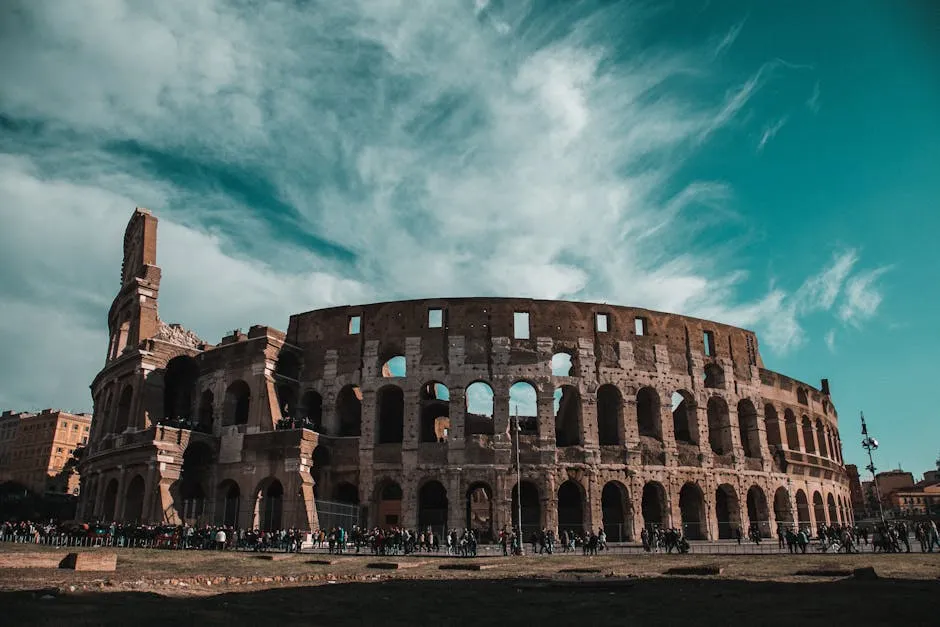
During this period, over 200,000 ancient Roman artifacts were discovered in Italy. These artifacts paved the way for new artistic expressions and a deeper understanding of human potential. The Renaissance was, in many ways, a rebirth of the art and philosophy that once flourished in ancient Rome. To explore these ancient roots further, consider getting The History of Italy: From the Renaissance to the Present.
The Influence of the Byzantine Empire
The fall of Constantinople in 1453 had a profound effect on Italy. As Byzantine scholars fled to Italy, they brought precious Greek manuscripts and knowledge. This influx of intellectual capital reignited interest in ancient texts. These scholars played a pivotal role in reintroducing forgotten ideas to the Italian populace.

The cultural exchange between the East and West was significant. Italian thinkers eagerly absorbed these classical works, enriching their own traditions. This blending of cultures fueled the Renaissance’s intellectual fervor. It laid the groundwork for significant advancements in art, science, and literature. If you’re curious about how these influences shaped the arts, check out Italian Renaissance Art: A Resource for Teachers.
Economic Factors
Wealthy City-States
Italy’s prosperous city-states like Florence, Venice, and Milan became cultural powerhouses. Their wealth stemmed from trade and banking, allowing for immense financial support for the arts. The merchant class, especially the Medici family, played a crucial role in this flourishing environment. They not only financed artists but also created a competitive atmosphere that encouraged innovation.
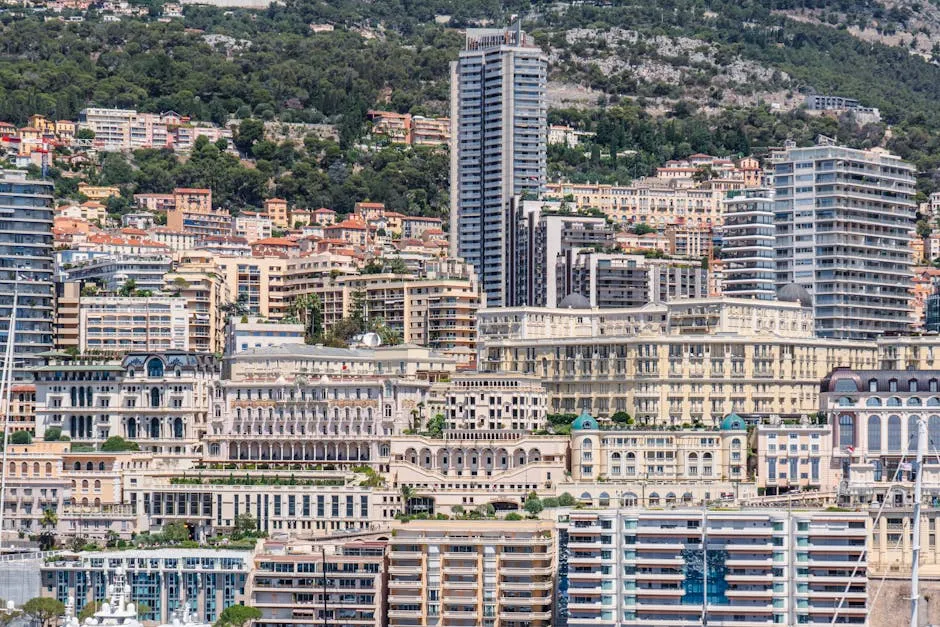
During the Renaissance, Florence’s economy grew by over 20%. This economic prosperity enabled artists to focus solely on their craft. Talents like Leonardo da Vinci and Michelangelo thrived under the patronage of affluent families. Their groundbreaking works remain iconic symbols of the Renaissance, showcasing the remarkable interplay between wealth and creativity. For a deeper dive into Michelangelo’s life, don’t miss Michelangelo: The Artist, the Man and His Times.
Trade Routes and Cultural Exchange
Italy’s location made it a vital trading hub. It connected Europe to the East, facilitating commerce across the Mediterranean. This strategic position allowed for the flow of goods, people, and, importantly, ideas. As merchants traveled, they brought not just products but also cultural influences from diverse lands.
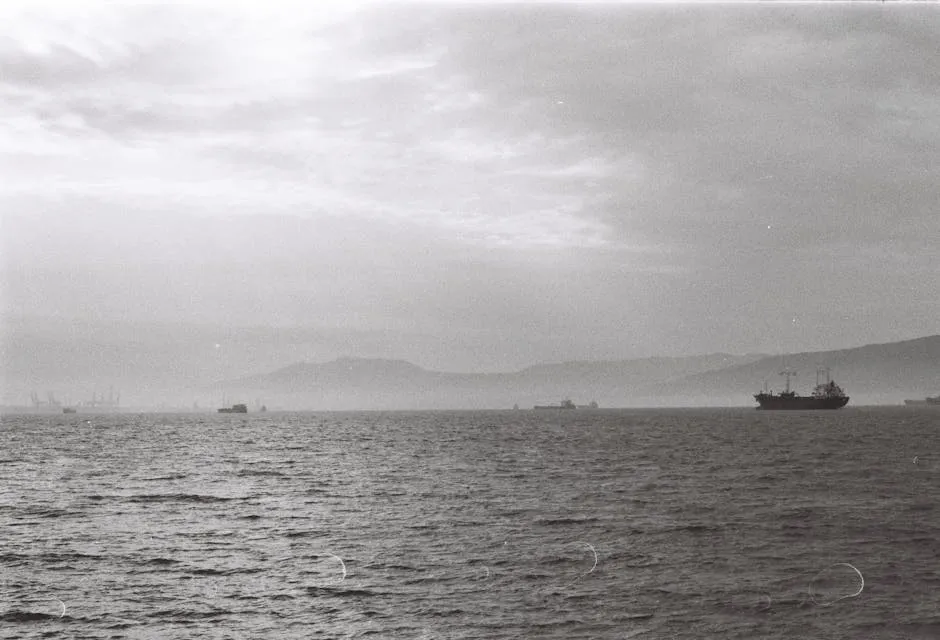
Trade routes formed a network that enriched Italian cities. Florence, Venice, and Genoa thrived on this exchange, growing wealthy and influential. With wealth came the ability to support artists, thinkers, and innovators. This financial backing was crucial for the flourishing of the arts during the Renaissance. If you’re planning a trip to explore these historic cities, consider an Italy Travel Guide: Renaissance Cities to make the most of your journey!
Cultural exchanges also transformed Italy’s intellectual landscape. Ideas from the East mingled with local traditions. Scholars rediscovered ancient texts, sparking new philosophies and artistic movements. The vibrant interactions among different cultures fueled creativity and broadened perspectives.
The Role of Patronage
The Medici Family and Artistic Patronage
The Medici family played a pivotal role in the Renaissance. As one of the wealthiest families in Florence, they became major patrons of the arts. Their support allowed artists like Michelangelo and Leonardo da Vinci to create masterpieces. This financial backing was more than just money; it fostered an environment of artistic competition.
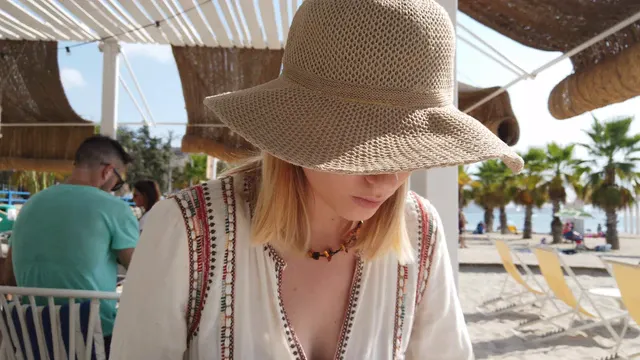
In Florence, the Medici established a culture of innovation. Artists were encouraged to push boundaries, leading to extraordinary works. This competitive atmosphere attracted talent, transforming Florence into a cultural epicenter. The Medici’s influence extended beyond art; they nurtured humanism and scholarship, shaping the intellectual climate of the time. For a more comprehensive understanding of this era, check out The Rise of Humanism: A Historical Perspective.
The Vatican’s Influence
The Vatican emerged as a powerful patron during the High Renaissance. Popes commissioned significant artworks and architectural projects. This support led to the creation of iconic pieces, such as Michelangelo’s Sistine Chapel ceiling. The Vatican’s wealth and status positioned it at the forefront of artistic endeavors.
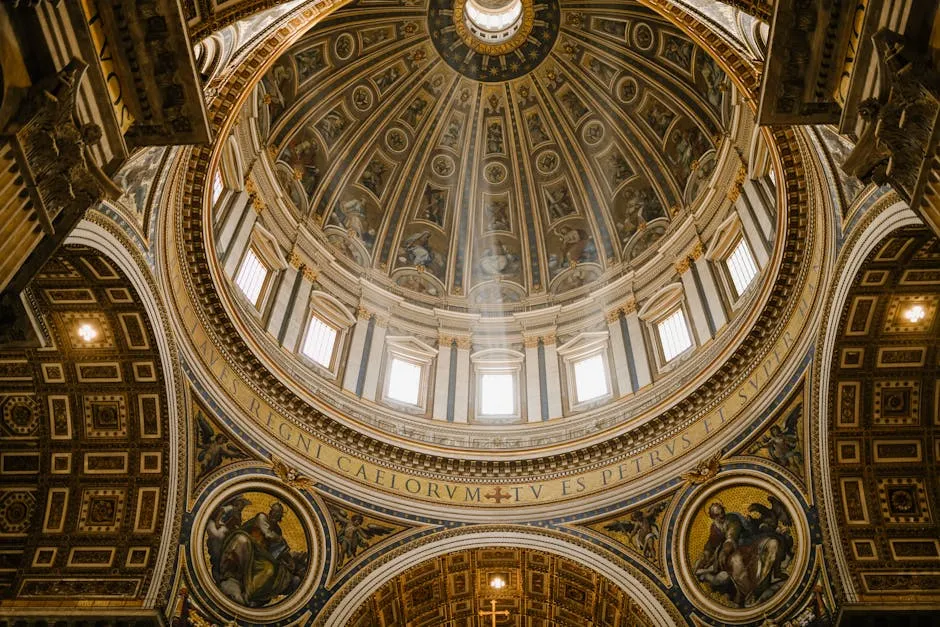
Papal patronage not only funded art but also shaped its direction. Artists were tasked with creating works that conveyed religious themes and ideals. This relationship between the Church and artists fueled a rich tradition of religious art, which remains influential today. The Vatican’s commitment to the arts helped cement Rome’s place as a central hub of Renaissance culture. For those keen on exploring the Vatican’s treasures, a Vatican Museums: A Visitor’s Guide can enhance your experience!
Sociopolitical Factors
The Impact of the Black Death
The Black Death struck Italy in the mid-14th century. This devastating plague drastically reduced the population. As a result, social structures and economies underwent significant changes. With fewer workers available, labor became more valuable. This created opportunities for those who survived. Wealth distribution shifted as labor shortages allowed workers to demand higher wages.
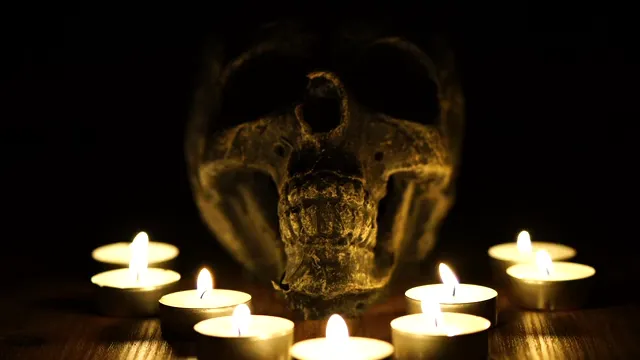
Wealthy families began to invest in culture. Art and literature flourished as patronage grew. The newfound wealth among survivors led to a renaissance of creativity. Artists and thinkers could now explore new ideas without financial constraints. This economic transformation set the stage for the cultural revival known as the Renaissance. To understand this transformative period better, consider reading The Black Death: A New History of the Plague.
Political Stability and Fragmentation
Italy’s fragmented political landscape contributed to its cultural richness. Unlike other European countries, Italy was divided into city-states. Each city-state operated independently, allowing for diverse cultural expressions. Florence, Venice, and Milan were hotspots for artistic innovation. Local governments often supported the arts and education, fostering an environment of creativity.
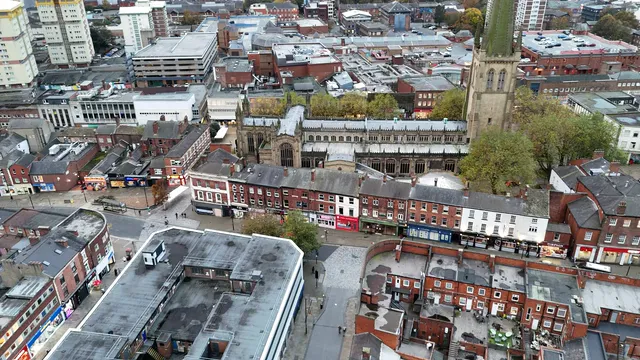
These city-states competed for prestige through art and architecture. This competition led to remarkable advancements in various artistic fields. The lack of a centralized monarchy allowed for this vibrant cultural exchange. Artists and thinkers moved freely between city-states, sharing ideas and styles. This cultural diversity helped ignite the Renaissance. If you’re interested in exploring the architectural marvels of this era, consider A Guide to Italian Architecture.
Intellectual Revival
The Rise of Humanism
Humanism emerged as a significant movement during the Renaissance. This intellectual framework emphasized the value of human beings. Scholars sought to reconnect with classical texts from ancient Greece and Rome. Humanists believed in the potential of individuals to shape their destinies.
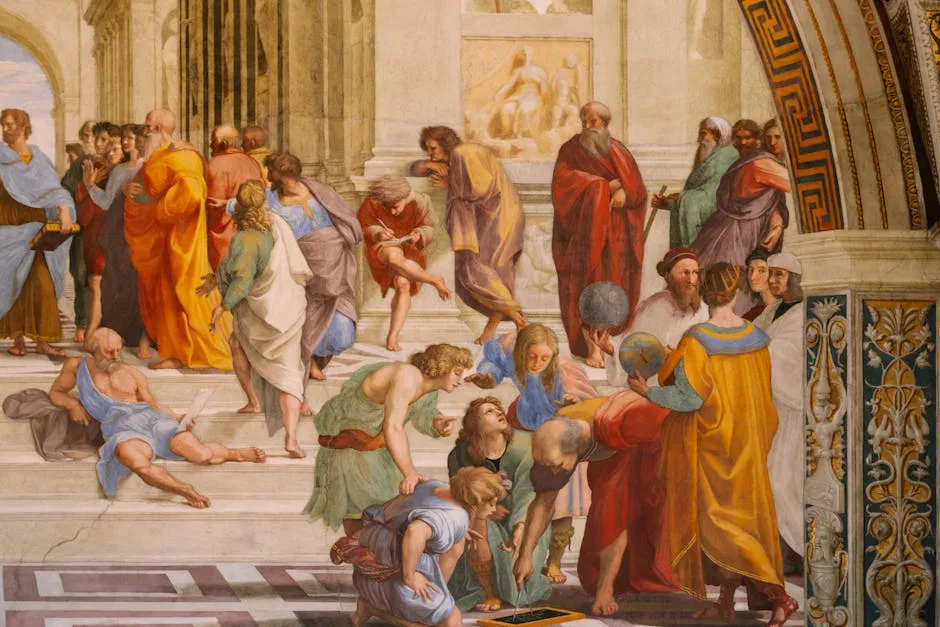
Key figures like Petrarch played a crucial role in this revival. He encouraged the study of classical literature, inspiring a generation of thinkers. Humanism shifted the focus from religious themes to human-centered topics. This change laid the groundwork for advancements in art, literature, and science. The Renaissance became a celebration of human achievement and creativity. For those interested in poetry, a collection of Renaissance Poetry Collections could be a delightful addition to your library.
The Invention of the Printing Press
The printing press changed the way information spread. Before its invention, books were rare and costly. Only a few could access knowledge. However, when Johannes Gutenberg introduced the printing press in the mid-15th century, everything shifted. This revolutionary device made it easier and faster to produce books.

Suddenly, literature and ideas were available to a wider audience. The accessibility of printed materials fueled a surge in literacy. More people could now read classical texts and new works from emerging authors. This explosion of knowledge helped ignite the Renaissance.
Renaissance thinkers and artists shared their ideas through printed works. The printing press acted as a catalyst, connecting various regions in Europe. As books circulated, Renaissance ideas spread rapidly. For instance, in the first decade alone, over 20 million books were printed. This number highlights the transformative impact of the printing press. If you’re interested in how this revolutionized society, consider reading The Printing Revolution in Early Modern Europe.
In summary, the printing press was vital in disseminating Renaissance ideas. It empowered individuals and transformed society. The ripple effects of this invention continue to influence how we share knowledge today.
FAQs
What sparked the Renaissance in Italy?
The Renaissance origins can be traced to Italy’s rich cultural revival.
How did trade influence the Renaissance?
Trade routes enhanced economic prosperity and cultural exchange.
Who were the key figures in the Italian Renaissance?
Influential thinkers included artists like Leonardo da Vinci and Michelangelo.
What role did the Catholic Church play in the Renaissance?
The Catholic Church provided patronage, supporting religious art and architecture.
Why is the Medici family significant to the Renaissance?
The Medici family was crucial for their patronage, fostering artistic innovation.
Understanding why the Renaissance started in Italy provides valuable insights into the cultural and historical context of this period. why did the renaissance start in italy
Please let us know what you think about our content by leaving a comment down below!
Thank you for reading till here 🙂
All images from Pexels




